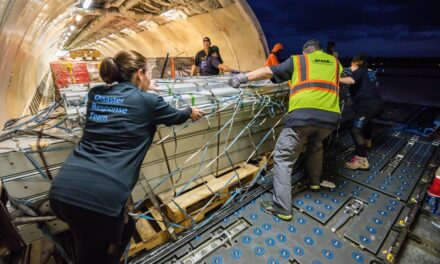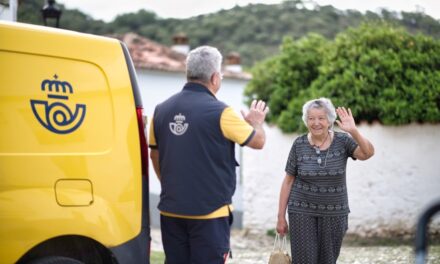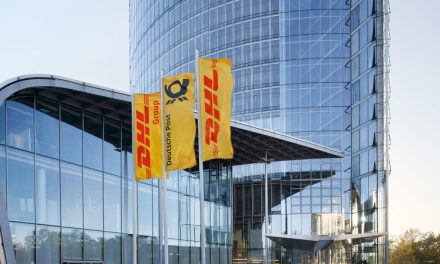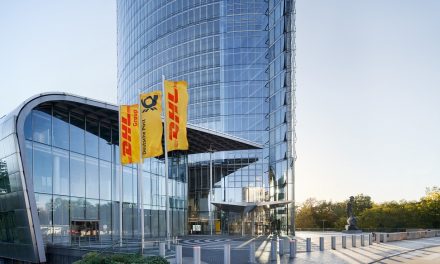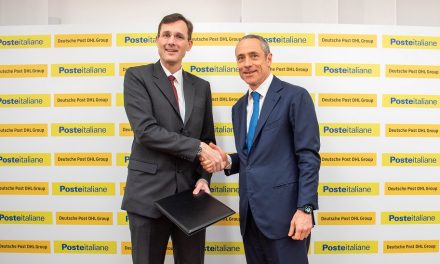
New logistics model to support the circular economy
Deutsche Post DHL Group together with Cranfield University and the Ellen MacArthur Foundation’s Circular Economy 100 have developed a new logistics model for the “circular economy”. The circular economy concept aims to reduce the consumption of raw materials and energy and promote sustainability through the “circular flow of goods” – essentially it boils down to more recycling of materials and re-using products and packaging.
In a new report entitled Waste not, want not. Capturing the value of the circular economy through reverse logistics, the partners have introduced what they described as “the Reverse Logistics Maturity Model”. AS DHL explained: “Reverse logistics plays a critical role in the circular economy by enabling the return of products and components for refurbishment, recycling, redistribution, or extraction and re-use of their useful organic materials.”
Christof Ehrhart, Head of Corporate Communications & Responsibility, Deutsche Post DHL Group, commented: “Deutsche Post DHL Group recognizes the important role that the circular economy can play in contributing to a more sustainable world and we are committed to supporting and enabling its development with our knowledge and global network.
“The Reverse Logistics Maturity Model is a valuable tool for any organization that is committed to embedding the circular economy more integrally into their supply chain. It also highlights the opportunities that exist for logistics companies to adapt and expand their services and approaches to support the circular economy, which in turn creates additional value both for business and the environment.”
The Reverse Logistics Maturity Model was developed based on company interviews, exploratory workshops, as well as applied logistics and academic expertise.
Professor Simon Pollard, Pro-Vice-Chancellor of Water, Energy and Environment at Cranfield University, added: “Understanding reverse logistics’ requirements is crucial to manage return and recovery.”
As a first step, the model identifies three main ‘archetypes’ – base scenarios and requirements for reverse logistics set-up, driven by different product and business model attributes. It then provides a template for mapping out reverse logistics activities based on their place in the circular economy value chain and their decision dimension within an organization. After this, it looks at ‘maturity’ – the level of sophistication of project management that is being applied to the reverse logistics activities.

